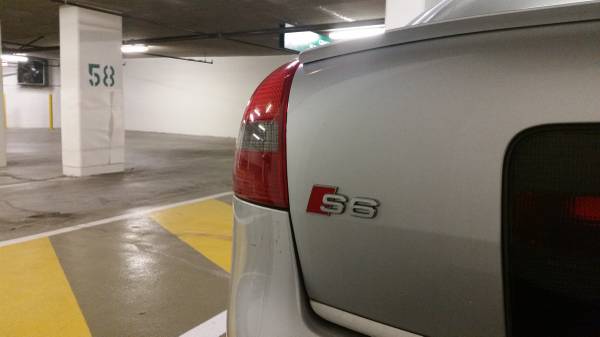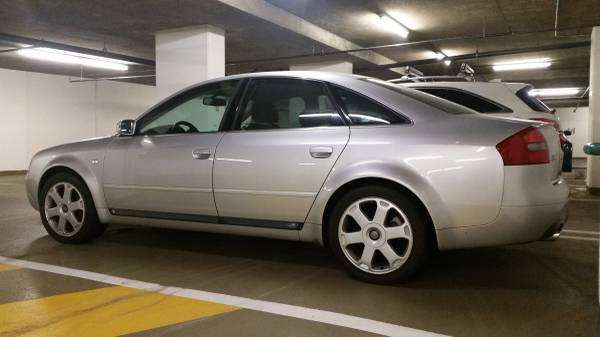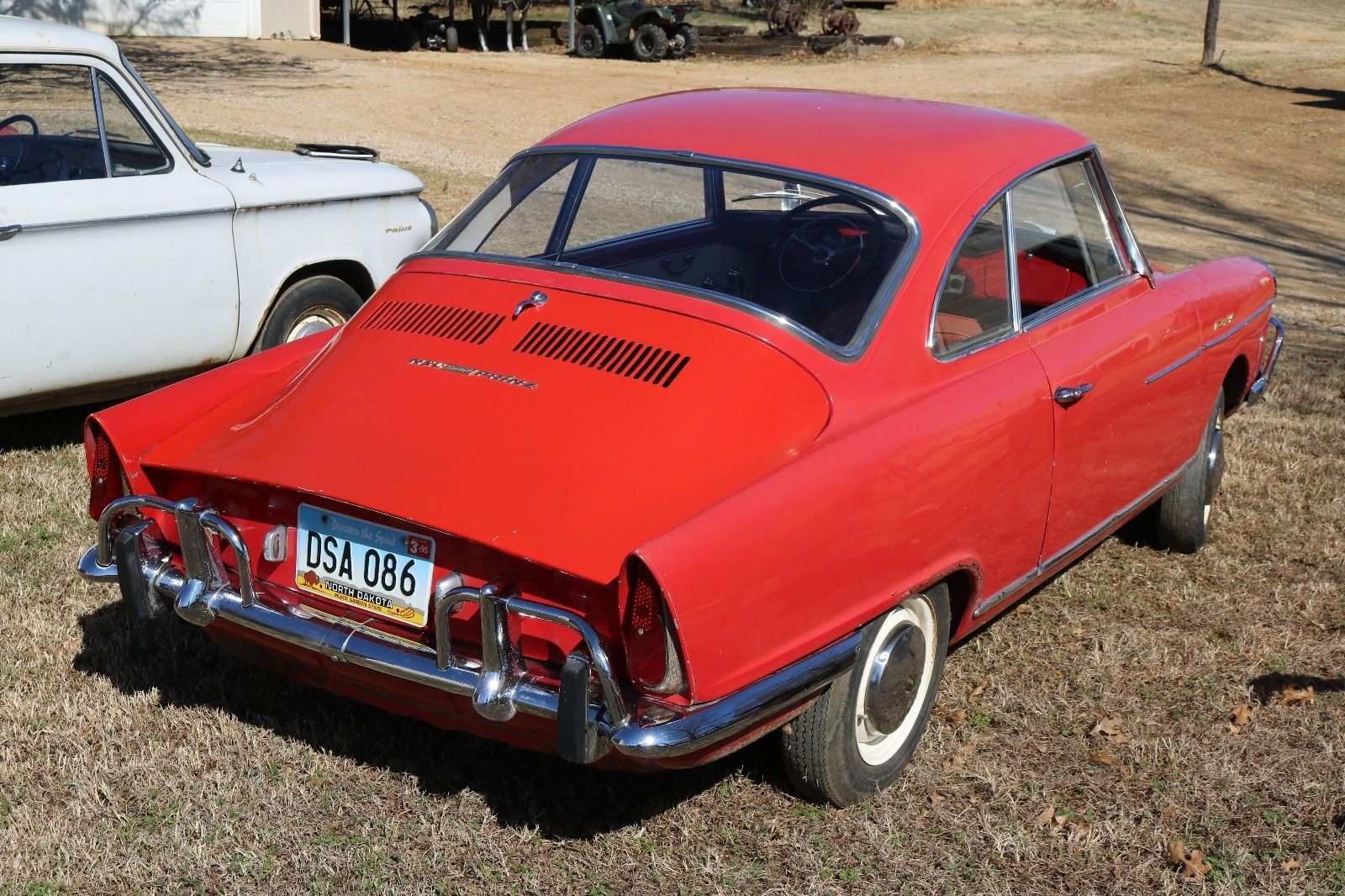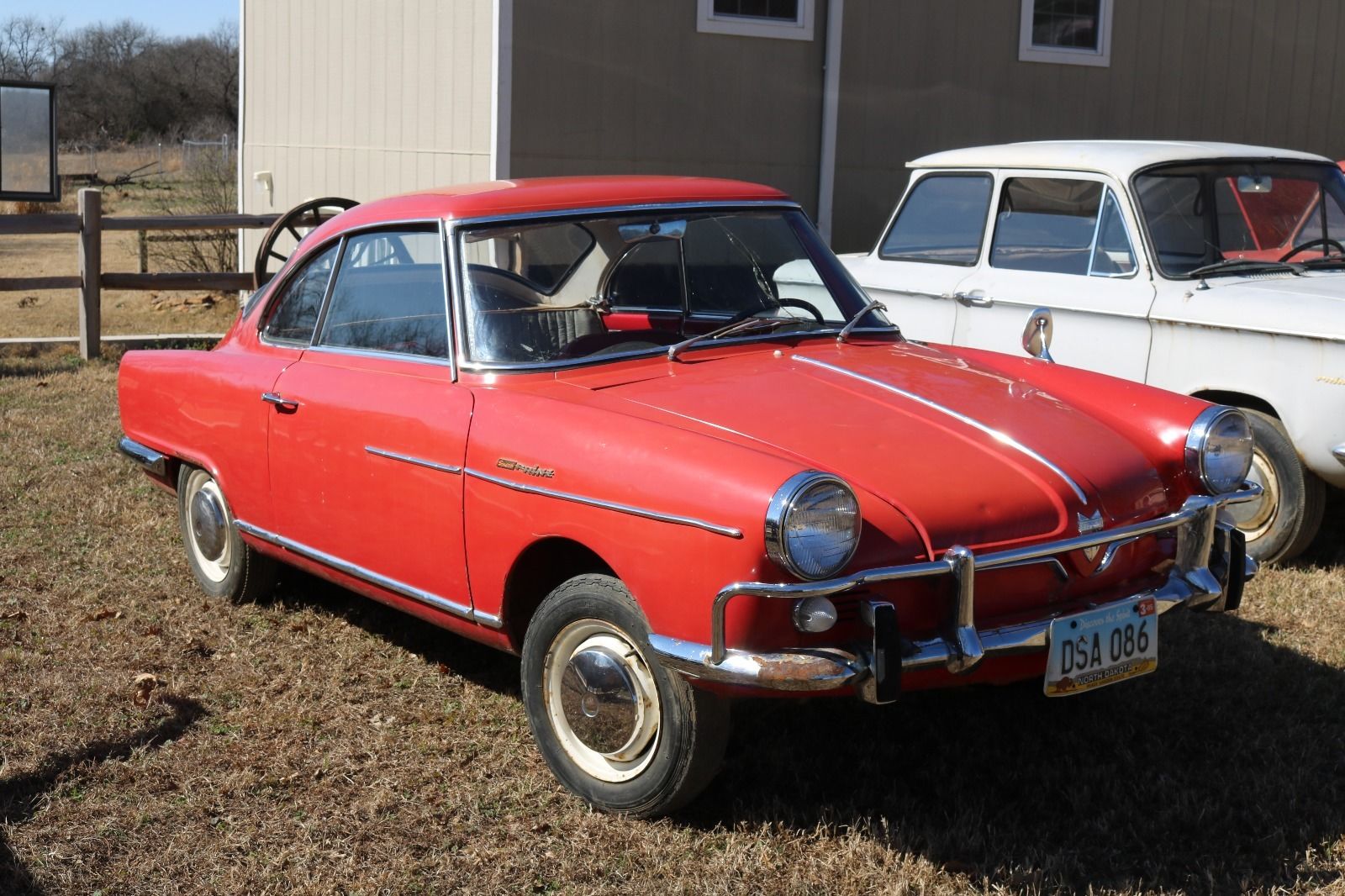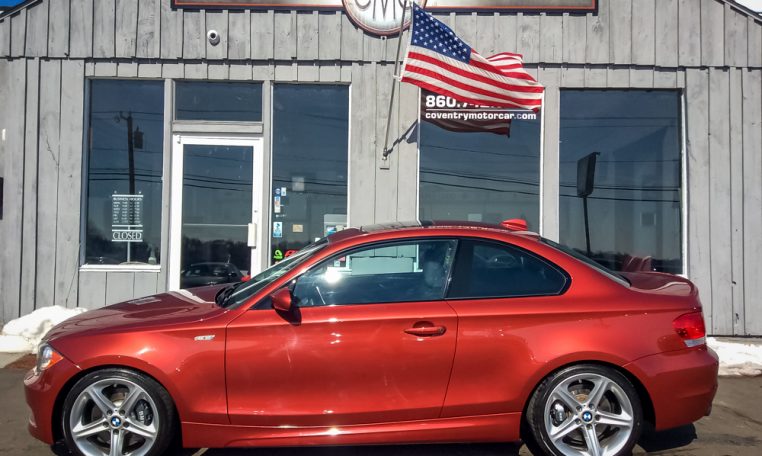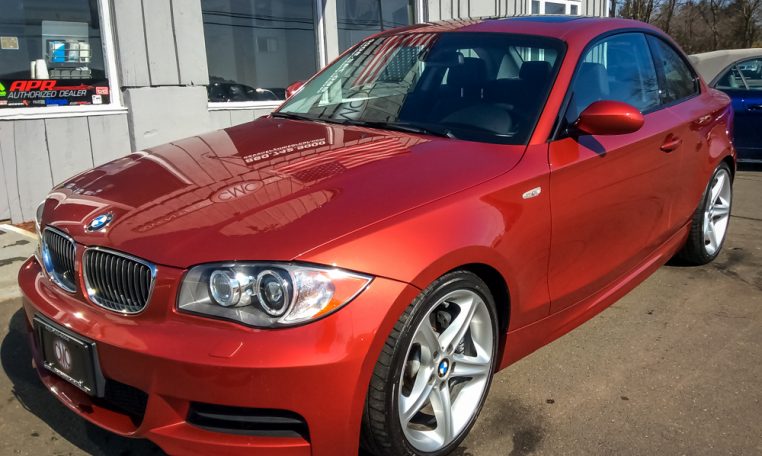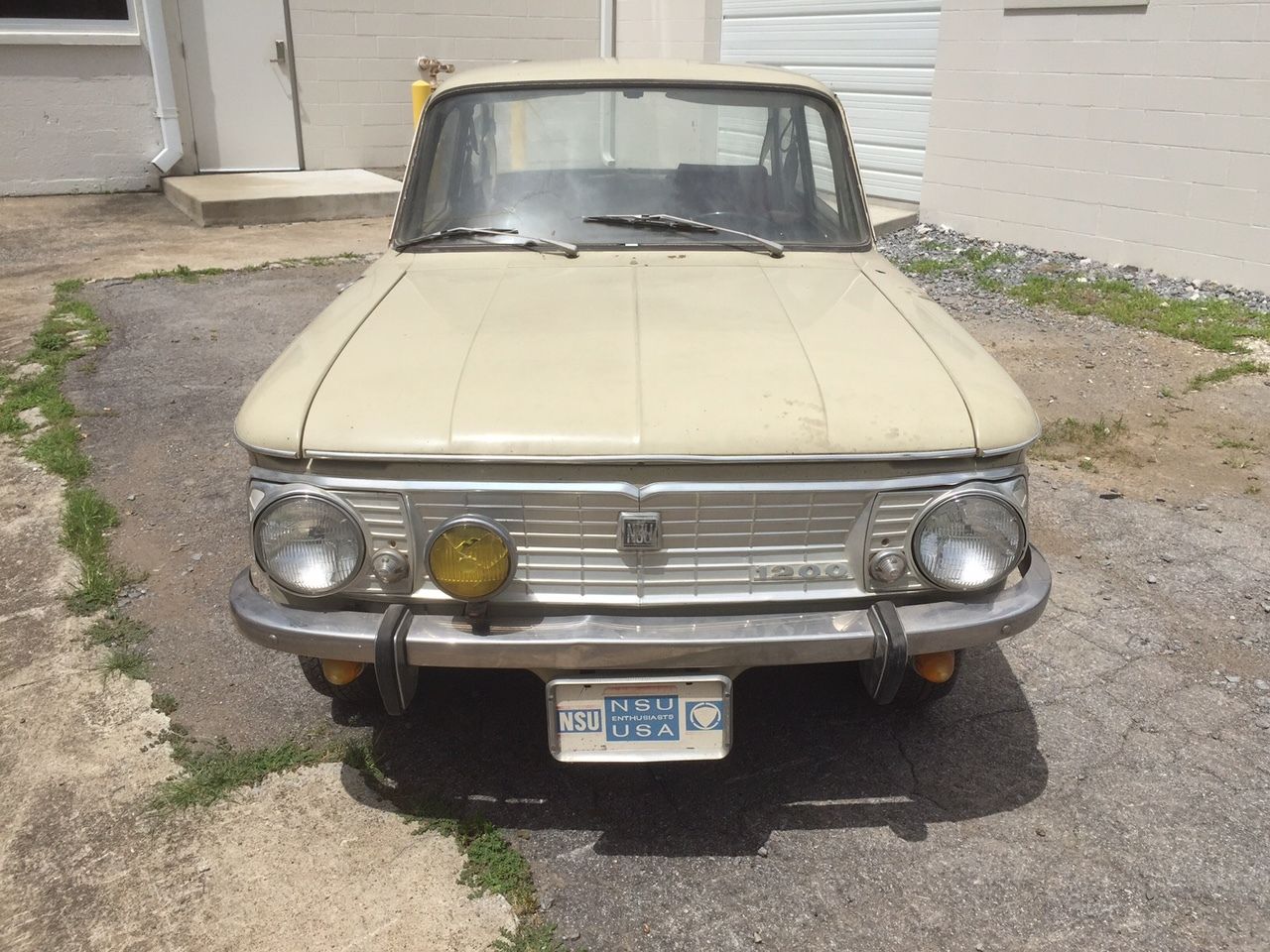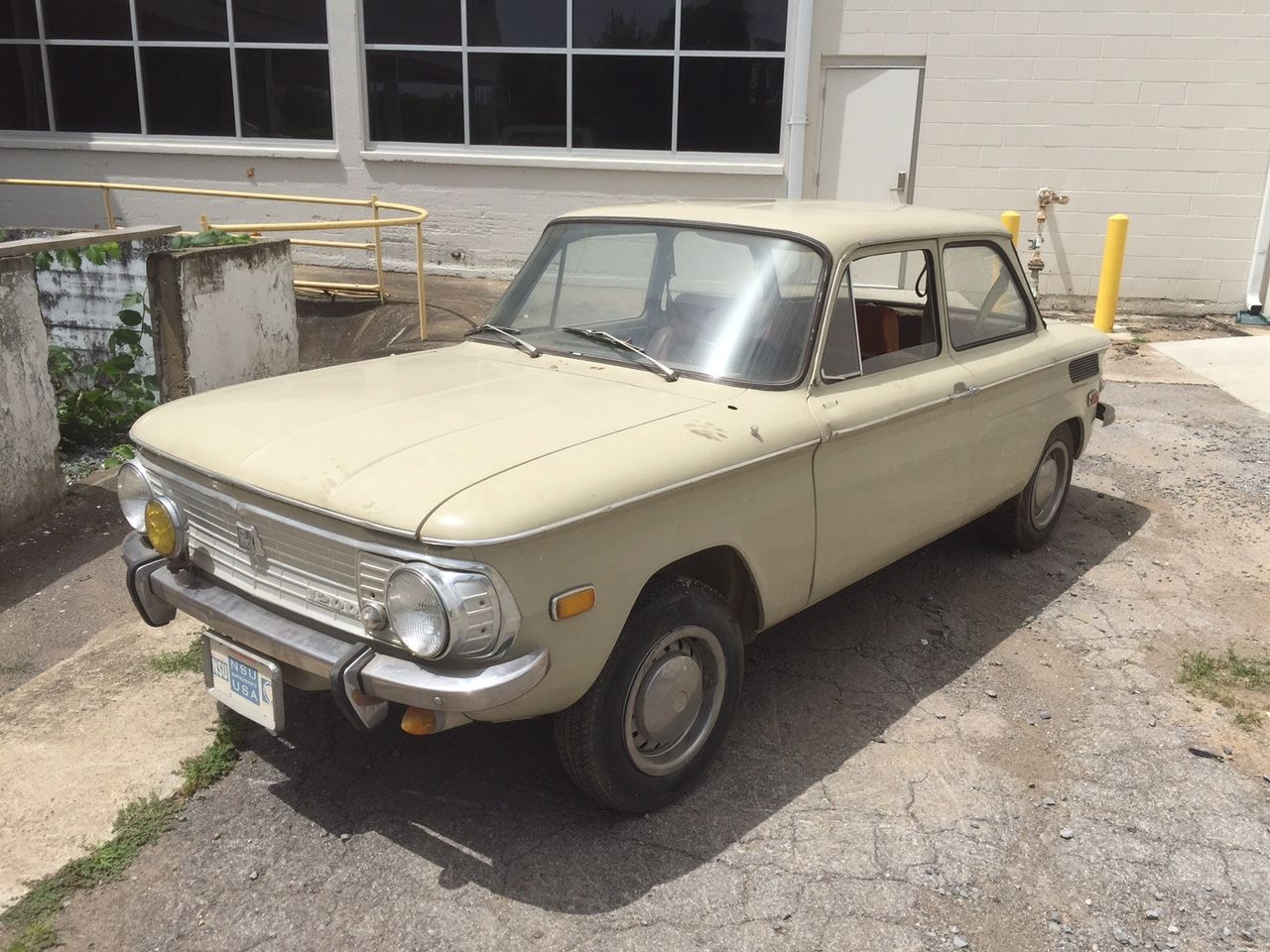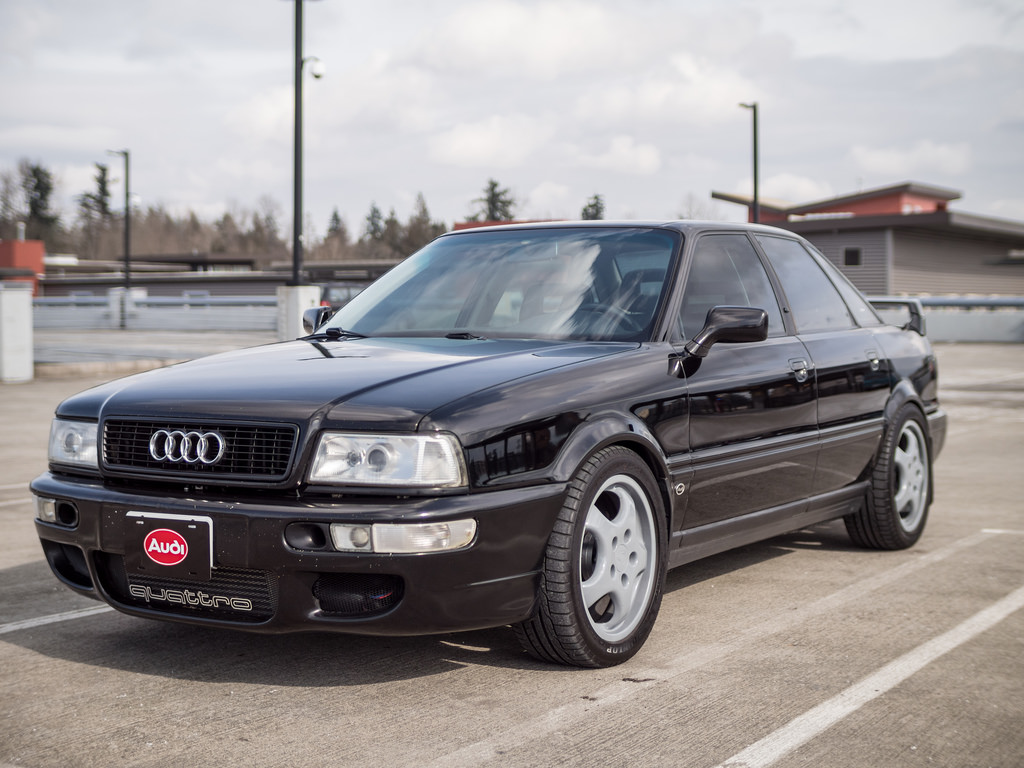Audi’s interesting sales plan of S-cars in the early 2000s was, for U.S. fans, both good and disappointing at the same time. Mega models like the RS4 continued to be withheld from this side of the Atlantic just as the S2, RS2 and S6 Plus had been. The new generation of V8 powered S cars had yet to arrive, too; movies teased us of the slithering, nitrous oxide-boosted battering ram S8, and though the C5 chassis now sported the V8 in 2000, we had yet to see the S6.
But there were bright points. The B5 S4 was available as a sedan or Avant here, for the first time, in 2001 the flagship S8 arrived and after a wait until 2002, the S6 arrived in Avant form. And, only in Avant form, and only in automatic. You could complain about that for sure, but then the introduction at long last of an RS model – the twin-turbocharged RS6 – assuaged the loss of the regular S6 sedan for nearly everyone.
But, once in a while, someone has an appetite for something else, and so one enterprising individual in Canada has imported a European-specification S6 sedan, now for sale in Vancouver, CA:
